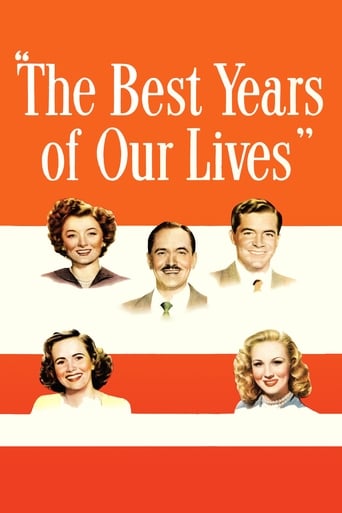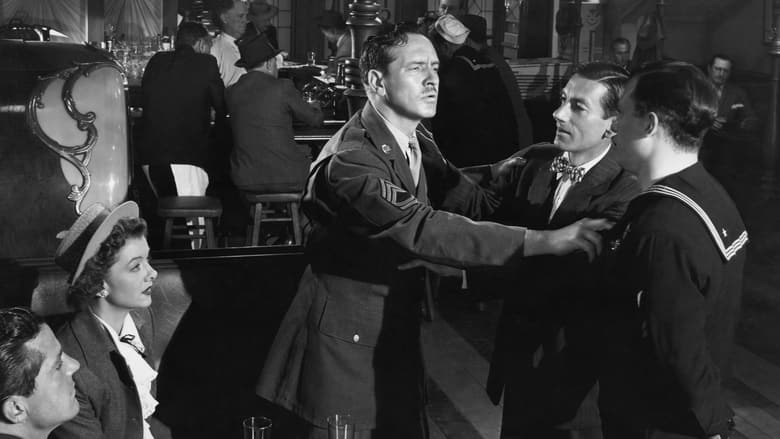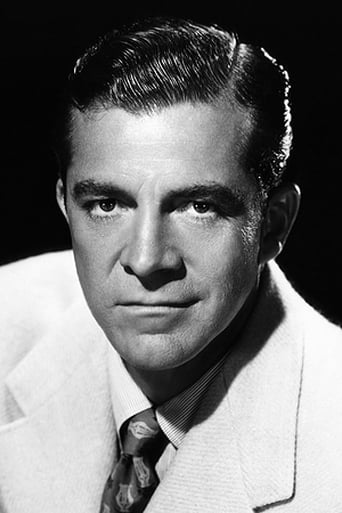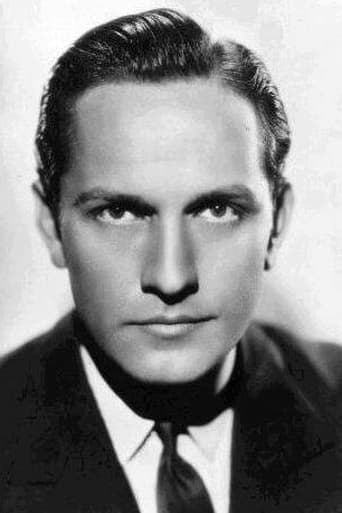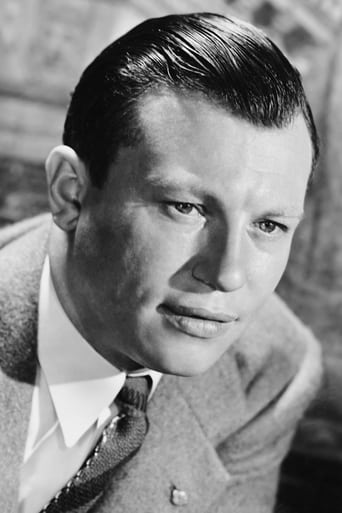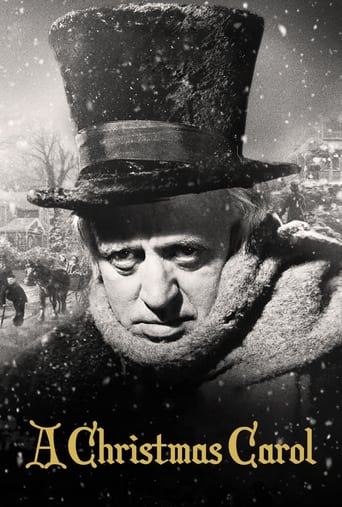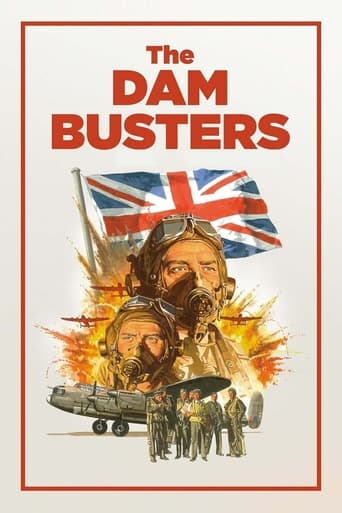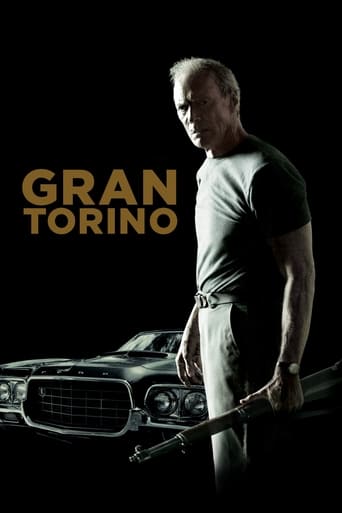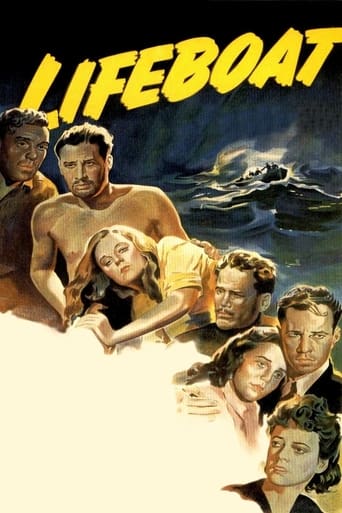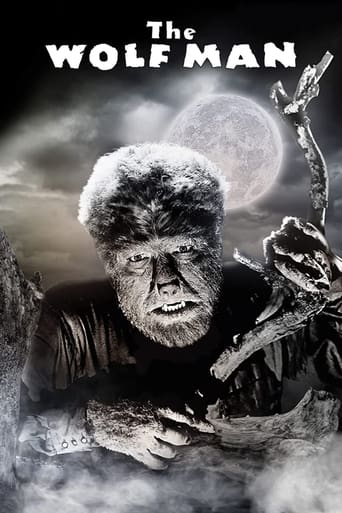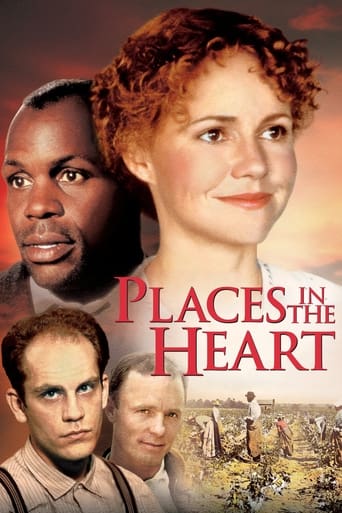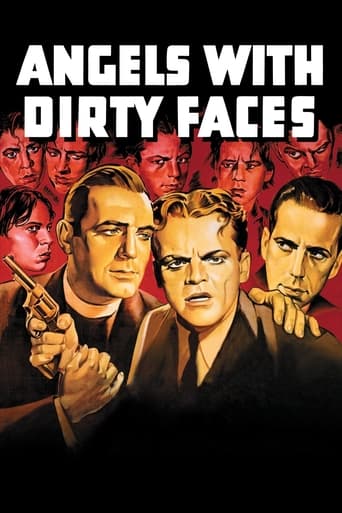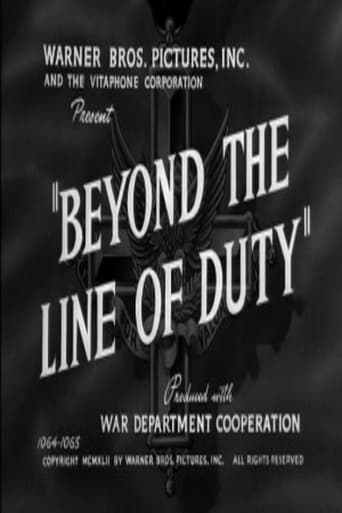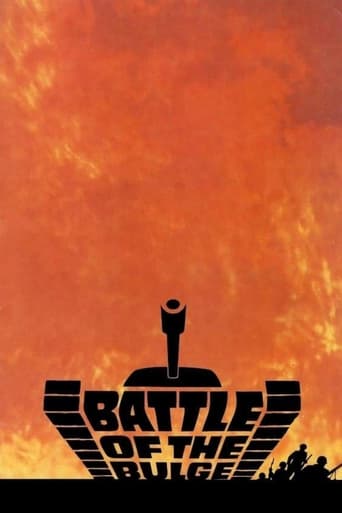The Best Years of Our Lives (1946)
It's the hope that sustains the spirit of every GI: the dream of the day when he will finally return home. For three WWII veterans, the day has arrived. But for each man, the dream is about to become a nightmare.
Watch Trailer
Cast


Similar titles
Reviews
Touches You
Redundant and unnecessary.
Good concept, poorly executed.
Exactly the movie you think it is, but not the movie you want it to be.
Painting an authentic, distressing & heartbreaking portrait of post traumatic stress disorder and expertly led by riveting performances from its outstanding ensemble, The Best Years of Our Lives is a work of restrained craftsmanship that narrates its drama with deft composure and has a thorough understanding of its subject matter.The story concerns three United States servicemen who get acquainted while on their way back home after the end of World War II but face trouble in readjusting to civilian life. The plot follows their lives as each one of them struggles in their own way and has difficulties coping with the horrors of the past and living in the present.Directed by William Wyler (best known for Ben-Hur), it's astonishing just how much the film gets right in its depiction of the hardships faced by soldiers when they return home after serving in the battlefield and being changed by the horrors of it to such an extent that their very own home starts feeling like a place they can't recognise anymore.Through the crisis of our trio of characters, the film offers an interesting glimpse into the experiences of countless others who were affected by war and the struggle they faced with social readjustment. The way it captures the minute details only points to the extensive research & observation that went into the script, for the characters are fully fleshed & well-defined.The post-war era is illustrated in fine detail and the black & white images are sharp & crisply photographed. Clocking at nearly 3 hours, its runtime seems daunting at first but for the most part, the film is a smooth ride. Its length is felt only during the second half when the interest starts dwindling but the relaxed pace does allow our characters enough space to breathe.Coming to the performances, The Best Years of Our Lives features a terrific cast in Fredric March, Dana Andrews, Harold Russell, Myrna Loy, Teresa Wright & others, and nearly all of them are at the top of their game. March, Andrews & Russell play the trio of characters whose post-war journey is what this film is about. They are all excellent in their roles but the ladies aren't far behind and chip in with strong inputs of their own.On an overall scale, The Best Years of Our Lives is crafted with care, narrated with flair and is incessantly human in its approach. An essential viewing that handles its content with respect, its silent, thoughtful contemplation on PTSD is still as relevant today as it was at its time of release. Firmly grounded in realism & having stood the test of time all these years, The Best Years of Our Lives is one of the best offerings of its kind that's definitely worth your time & money. Thoroughly recommended.
I must have seen this film ten times on the Bill Kennedy Show while growing up. Sometimes in snippets and often times all the way through. I have seen it over a half a dozen times on Turner Classic Movies. I remember seeing it in my high school English Literature text book. The only screenplay I ever saw in a book about serious literature. Now I finally have a DVD copy of it for my personal collection. I still can't believe it runs nearly three hours. It just never seemed that long.Strange how time is affected when you become involved in a story. CITIZEN KANE always seems longer than it really is; nearly three hours and yet it barely comes in under two hours. THE BEST YEARS OF OUR LIVES is the exact opposite. It seems like it comes in under two hours, but runs nearly three.Go figure.This is an entirely character driven story that doesn't depend on sex and violence to carry the narrative. It could have easily degenerated into soap opera, but somehow never does. The chemistry between the three male leads; Dana Andrews as Fred Derry, Harold Russell as Homer Parrish and Fredric March as Al Stephenson is largely responsible for this. But this is still one of the greatest examples of ensemble acting in cinema because it all seems so ordinary and everyday and effortlessly true to life.The women are also a revelation. Myrna Loy as March's wife Milly Stephenson hits all the right notes as the beleaguered wife, Teresa Wright shines as their bewildered daughter, unwillingly caught in a love triangle between Fred Derry and his wife, Marie, memorably portrayed by Virginia Mayo. Cathy O'Donnell is achingly poignant as Homer Parrish's girl friend Wilma Cameron, sympathetically standin' by her man with no hands.Russell won two Oscars for his moving portrayal as Homer Parrish and I have never been more reluctant to write a spoiler. This time I'll just advise you to see for yourself what his performance is all about. Dana Andrews as Fred Derry gives one of the best interior monologues you will ever see in film and hungover Fredric March waxes eloquent about the rights of the returning veteran.Here is a great place to start dissecting that complex of relationships that make for absorbing drama. There is nothing forced or histrionic about this film. The ending I found resoundingly fitting as everything fell into place. You should easily be able to relate the experiences of your own life to what you see on the screen. Even so, this 'life as it is' version of service men returning home from war will register stirring, vivid images in your mind that will stay with you for the rest of your life.
After World War II, Fred Derry (Dana Andrews), Homer Parrish (Harold Russell), and Al Stephenson (Fredric March) meet while flying home to Boone City (a fictional city patterned after Cincinnati, Ohio. Fred was a decorated Army Air Forces captain and bombardier in Europe. Homer lost both hands from burns suffered when his aircraft carrier was sunk, and now uses mechanical hook prostheses. Al served as an infantry platoon sergeant in the Pacific. All three have trouble adjusting to civilian life.Al has a comfortable home and a loving family: wife Milly (Myrna Loy), adult daughter Peggy (Teresa Wright, who was only thirteen years Loy's junior), and college freshman son Rob (Michael Hall, who is absent after the first one-third of the film). He returns to his old job as a bank loan officer. The bank president views his military experience as valuable in dealing with other returning servicemen. When Al approves a loan (without collateral) to a young Navy veteran, however, the president advises him against making a habit of it. Later, at a banquet held in his honor, a slightly inebriated Al expounds his belief that the bank (and America) must stand with the vets who risked everything to defend the country and give them every chance to rebuild their lives.
This was one of the first films to explore what happened to those soldiers after the war, mainly because it was made the year after WWII was over. Plus it is one of the best of those films. Here we first meet three soldiers returning home, to the same hometown actually, and there their mutual history begins and ends. But even that trip back forms a kind of camaraderie where they want to keep in touch. There is banker Al Stephenson (Fredric March), a middle aged officer, sailor Homer Parrish (Harold Russell, a real amputee) who was the all American boy who excelled at sports and is engaged to the girl next door but now is missing both hands, and Dana Andrews as Fred Derry, a pilot who was just working in a drugstore before the war made him a temporary hero. This role for sure allowed Andrews to turn his stoic tight lipped image on its ear to a degree, as he was allowed to show the emotional wounds that can lie beneath the surface of a "war hero" returning home.Their stories all intertwine, especially the story of Fred and Al. The thing that they have in common? Al's daughter, Peggy (Theresa Wright), who falls for Fred. The problem is Fred is married. A bigger problem is Fred was married during the war when he was a pilot with all of the glamour that comes with it to Marie (Virginia Mayo), who doesn't really know Fred at all, and for sure doesn't know him as the pre-war soda jerk who doesn't make enough post-War for her to enjoy the nightlife that she loves so much. As Marie holds Fred more and more in open contempt, Fred finds him turning more to Peggy.Meanwhile, Homer is trying to face facts. He cannot survive without the help of others. He cannot even get dressed and undressed without somebody's help. How can he marry the girl next door or anybody else without being a terrible burden? It doesn't help that the girl next door doesn't care about any of this, but Homer thinks she'll care later.March's character is probably the most fortunate and the least explained of the three returning soldiers. He was a banker when he left, and he goes back to that job, however, this time he is evaluating the loans of returning soldiers as the bank thinks he has their perspective given his time at war himself. Al seems to have a drinking problem which his wife (Myrna Loy) tries to hide, and it is never really said where that drinking is coming from, or if it was there before the war. When Al and his wife see each other, for the first time in years, you can see they don't know quite how to act around one another. Loy and March do a great job - without any dialogue - of acting like they feel like honeymooners, which they probably both feel is ridiculous since they have been married for twenty years and have a grown daughter.There is one scene that I found as quite a surprise, seeing I was born 13 years after the war. A guy at a drugstore diner counter basically says the war was all trumped up for corporate profits, and that it's a shame a guy like Homer paid the price. His remark is met by a punch by Fred. Although that attitude was more common during and after WWI, apparently it was held by a few people in regards to WWII in spite of the overwhelming evidence that our nation was at stake.I'd highly recommend this one. Even though some of the social attitudes have long passed on, it gives you some things to think about that are relevant to today. A spouse can change their attitude towards the other spouse due to a job loss, you never know if a marriage is really a bad one and on the rocks unless you are in that marriage or if it is over, and people are still judged by "what have you done for me lately".

